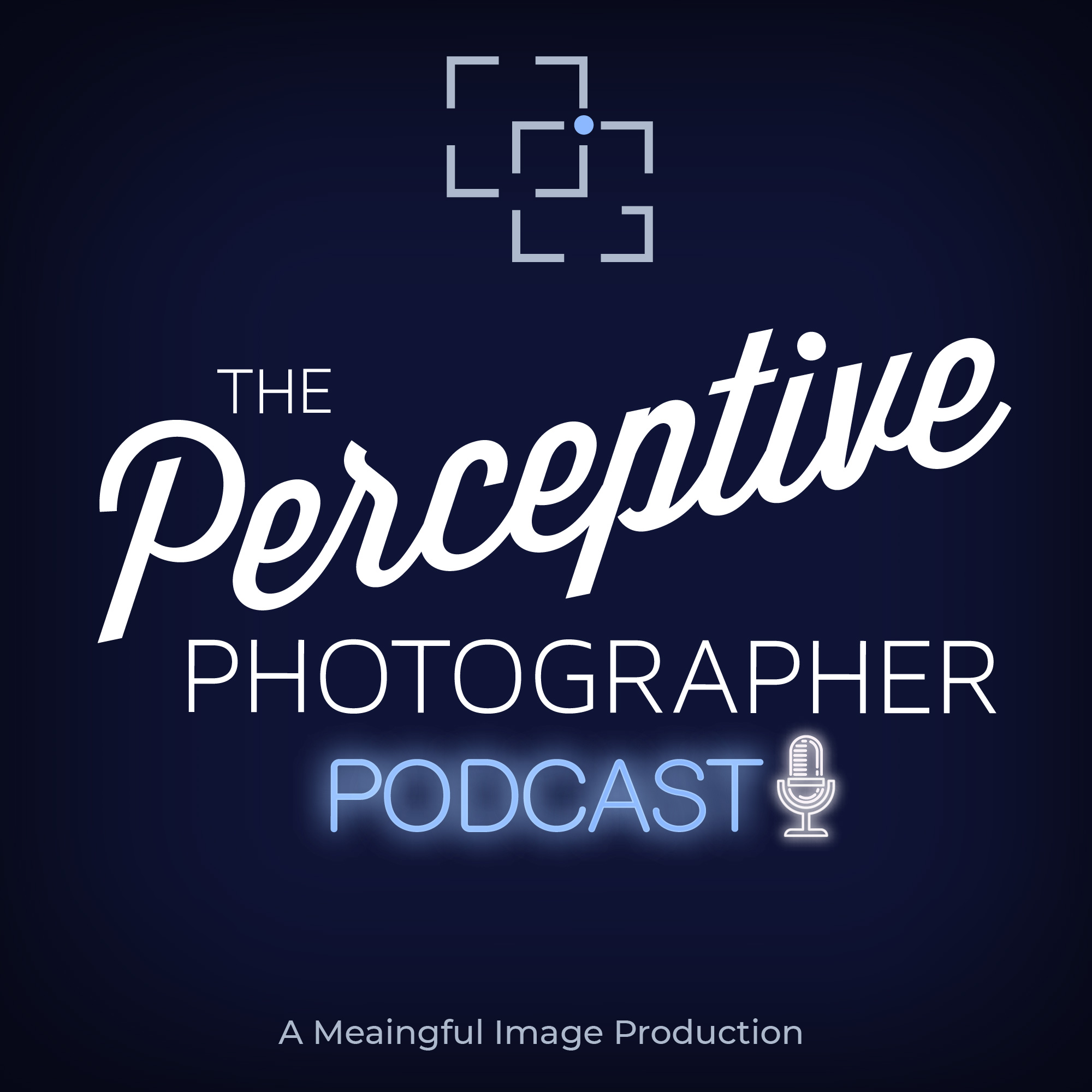 Understanding color and how we perceive and see color can go a long way in helping understand how and why some of photographs make for stronger color images and others fail. Our understanding of color and how color relates has been studied for hundreds of years by painters, scientist, and psychologist. While each disciple is able to provide a clue to how we see and understand color, it is only by examining multiple approaches to color theory can be begin to fully understand why colors work in our photographs.
Understanding color and how we perceive and see color can go a long way in helping understand how and why some of photographs make for stronger color images and others fail. Our understanding of color and how color relates has been studied for hundreds of years by painters, scientist, and psychologist. While each disciple is able to provide a clue to how we see and understand color, it is only by examining multiple approaches to color theory can be begin to fully understand why colors work in our photographs.
Color Theories
There are a number of color theories that can be utilized to help understand how we see color and the impacts of one color against another. When we are looking at colors it is important to distinguish between local color (the color of an object under normal daylight illumination) and accidental color (the color the object appears to be based on reflected light). Two primary theories help to explain the differences between those color definitions. The law of simultaneous contrast explains why colors of different objects effect each other and most noticiblely when they share a complementary color.
The concept of consistency of color states that we perceive colors to be the same regardless of the illumination source. A white wall will appear as white even with shifts of color for warm to cool tones. A green jacket will appear green in the daylight and under warmer yellow incandescent light. It is due in part to this concept that we can’t just neutralize all color out of a print with a white balance tool. Neutrals will appear neutral in an print even with tint and tone. The tint and tone are important elements in a print to help explain the color illumination and color relationships.
When working in color it is important to note that shifts in color (or hue) are always accompanied by shifts in the value of the color. Color also only works when relationships between colors AND light and shadow are present in the print. Those relationships must be established and plausible for the image to make sense.
There is no single concept, law or theory that can fully explain what is happening in a color image. It is important to understand the various way we see and respond to color to help us explain why we see color in images the way we do and how to color correct them to make the experience of the print as natural as possible.
Podcast: Play in new window | Download
Subscribe: Spotify | iHeartRadio | TuneIn | More


